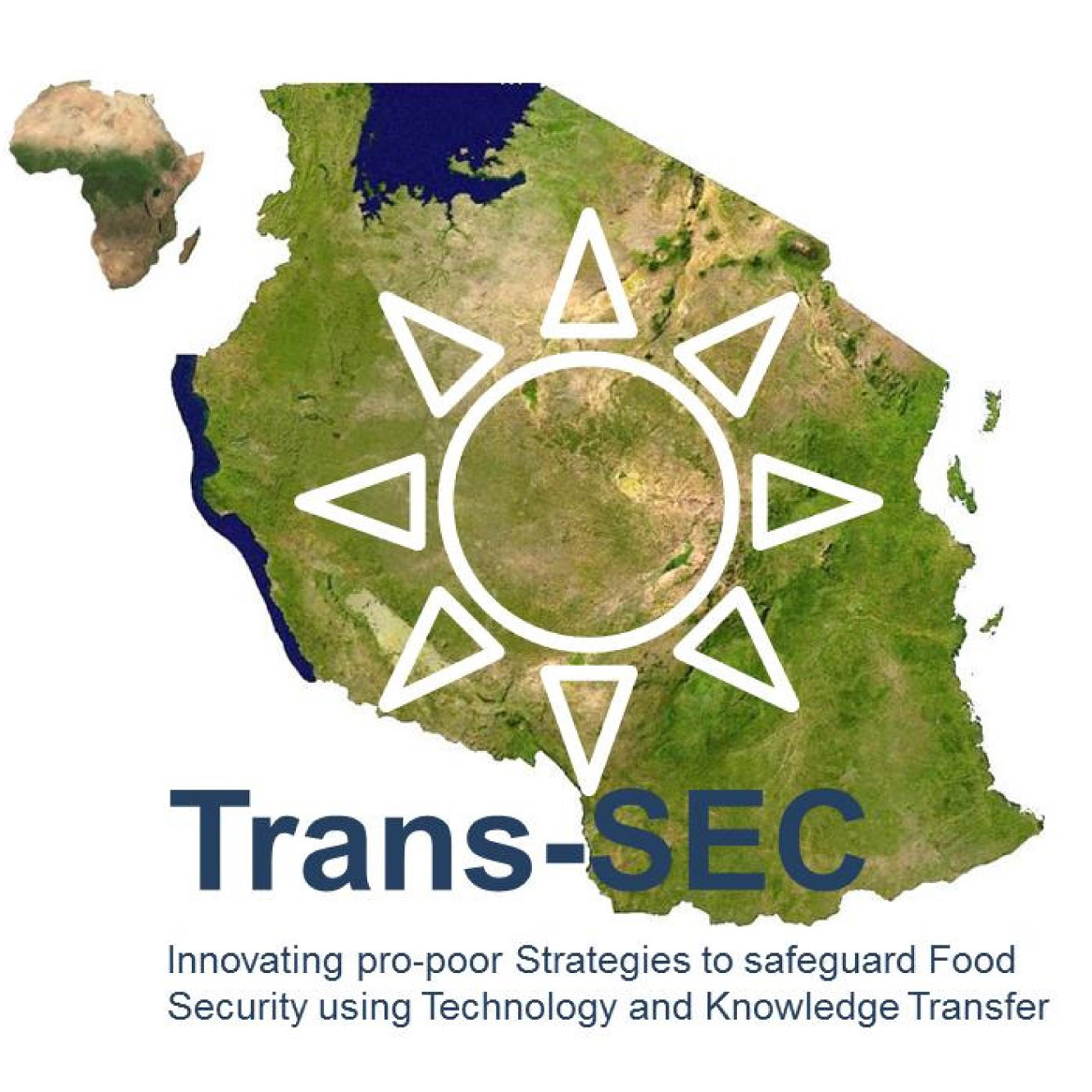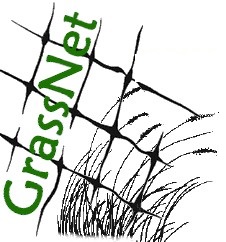Responding to mobility constraints: Recent shifts in resource use practices and herding strategies in the Borana pastoral system, southern Ethiopia
Journal of Arid Environments, 127, 222–234, https://doi.org/10.1016/j.jaridenv.2015.12.005This paper investigates how Borana pastoralists of southern Ethiopia have adapted resource use and livestock mobility practices amid multiple constraints including rising population, loss of rangeland to other pastoral communities and changing access rights, among others. This study uses an innovative multi-scalar methodology to understand how herders' grazing management decisions are made within a context of communal regulations governing access to resources. Grazing itinaries specifying the grazing units used during the past year were established for 91 cattle herds and daily mobility was recorded through 12 months of GPS data monitoring of three herds in three zones within the Borana rangelands. The results revealed communal reorganisation of the grazing areas into units with designated periods of access. Despite the reorganization, herd mobility is severely limited, but to different degrees. In the zones facing most constraints, herd mobility is restricted to the grazing areas within proximity of the respective herder's settlement. However in all the areas, movement outside the herd owners' zone of residence is only practiced as escape mobility, ‘baqa’ (to flee); instead of the formerly common ‘godanna’ (to move). These constraints impede fundamental herd mobility needed to meet livestock nutrient requirements, which then affects resilience of the pastoral system.






 NaviNut
NaviNut





